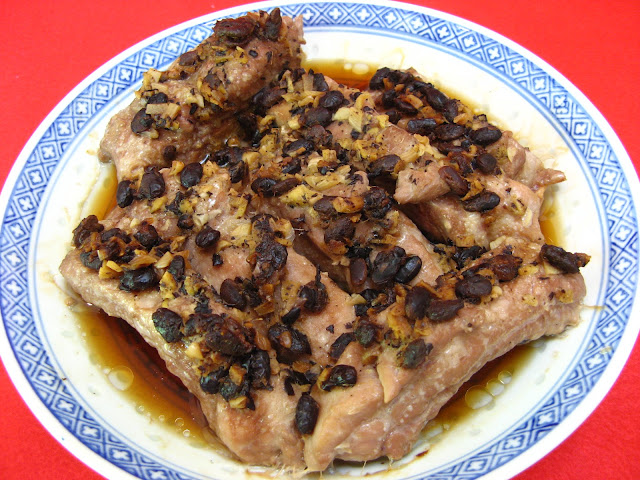This recipe was updated on 31 Aug 2015. Some instructions
and ingredient quantities were changed, and metric measurements added.
Tomato Beef Curry is a classic Chinese-American dish that
you can get at any Cantonese restaurant. The dish is a mixture of beef,
tomatoes, and other vegetables in a sweet and sour curry sauce (not that thick
red gloppy stuff). Depending upon on your preference, the dish can be sourer
than sweet or sweeter than sour. Madras curry or garam masala powder is the
typical ingredient for the curry part of the dish (and turmeric if you want the
dish to be yellow colored). I also used tomatoes and Jalapeño peppers from my
garden. The peppers make this dish spicy and can be omitted if desired. You can
think of this dish as a version of the Tomato
Beef Chow Mein (番茄牛肉炒麵, Faan1 Ke4
Ngau4 Juk6 Caau2 Min6) recipe without
the noodles.
Enjoy!






